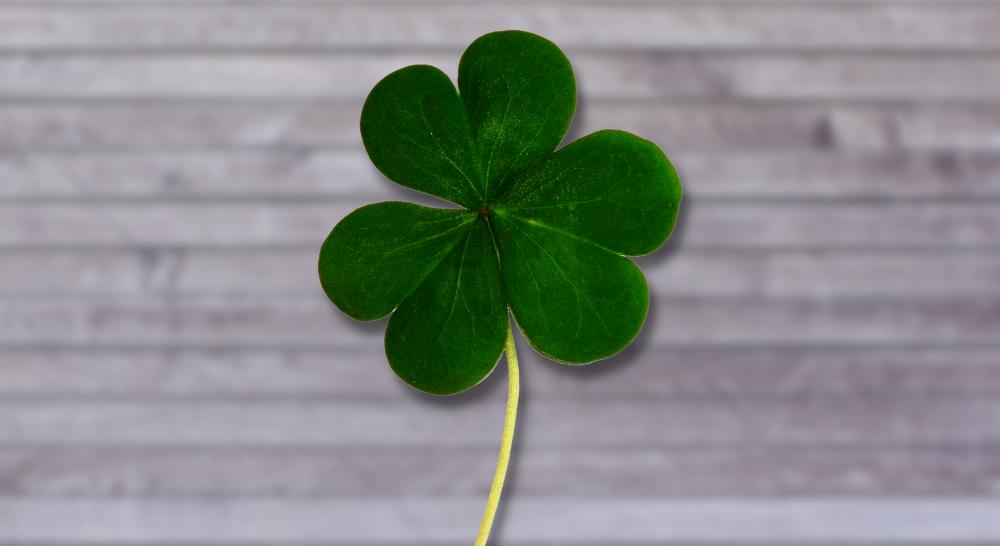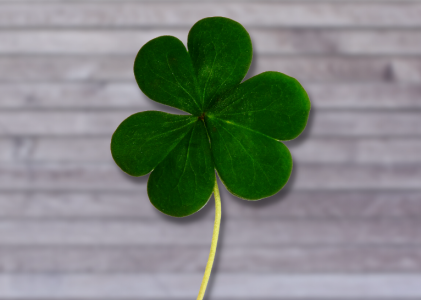It’s obvious that once the tin whistle is removed from the handbag, it will end with a good evening. But where did it all begin?
Traditional Irish music was passed down from one generation to the next through oral tradition. The tunes were learned by ear and not written on paper. This practice is encouraged today, and traditional music students are encouraged to listen to others’ tunes or learn from them. However, many formal classes will offer music notes to students. Books also print traditional music staves.
The Celts brought the traditional Irish music to Ireland 2,000 years ago. It is believed that the Celtic harp, which was based on the East’s music, may have been influenced by Egypt. In ancient times, the harp was the most common instrument. Harpists were employed to perform for chieftains or to make music for nobles. This was true until 1607, when the Flight of the Earls saw native Irish chieftains flee the country under threat from invaders. The patrons fled to mainland Europe and the harpists could travel around the country and perform wherever they wanted.
First Irish Session
The first tunes were not officially recorded until 1762. Once that happened, collectors started to travel across the country compiling the music that can still been viewed today. Today, the Irish Traditional Music Archive in Dublin is the largest collection of folk and traditional music in the world. This continues the tradition of collecting music. The world famous Concertinas, has the origin from the small Island and spread through out the Celtic region which is the whole of Europe
Traditional music has traveled far beyond the 32 counties of Ireland, as can be seen at Fleadh Choil events. Because of our long history as emigrants, our music has been all over the globe. Many Irish emigrated to America during the Great Famine, bringing with them their music. Traditional music was revived in America in the 1920s, when the first recordings of traditional music were made and made available to Irish citizens living abroad. One such player was Michael Coleman , a fiddle player. His recordings from New York would have a profound impact on fiddle players in Ireland and the States for many years.
Golden age of Traditional Music
Sean O Riada was an influential figure in bringing this style of music to a wider audience. Ceoltoiri Chulainn, a traditional music group, was founded by O Riada. They were heavily influenced classical music. This group created traditional music arrangements, which was something previously unknown. O Riada’s influence can still be seen at the Fleadh Ceoil creative grupa ceoil competition (music group).
In the Golden Age of traditional music, traditional music was used alongside American and European music. Planxty and De Dannan were the pioneers. A lot of Celtic fusion has been done with popular music styles. Sinead, Flook to Daithi, and Dropkick Murphys all use traditional elements in their music.
The fiddle, Irish flute and tin whistle are the main traditional instruments. Although the fiddle is identical to the violin, it is only the way they are played that distinguishes them. Traditional musicians are more open to musical embellishment and less conformity when holding the fiddle. Each traditional musician, regardless of instrument, is able to do this. It is difficult to find two people who play the same traditional Irish tune in the same way. Traditional Irish music is intricately ornamented.


